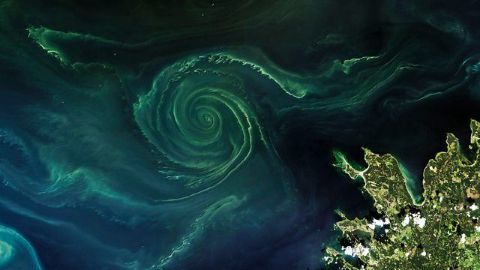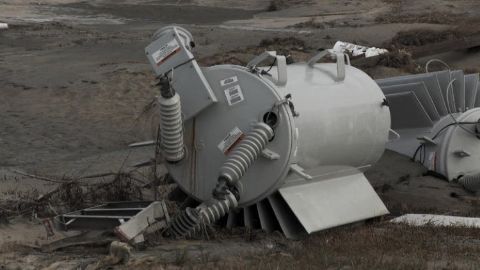Chris Packham: In Search of the Lost Girl • 2018
In 1998, wildlife enthusiast and photographer Chris Packham had a remarkable encounter with the Orang Rimba, a tribe of hunter gatherers in the rainforests of Sumatra, Indonesia. It was the first time he had ever seen people living in perfect harmony with their environment. One photograph in particular that Chris took, a picture of a young tribal girl, has since become immensely important to him as a barometer of how we are treating our planet. In this real-life detective story, with no clues as to her identity or whereabouts other than his original photograph, Chris sets off to Sumatra 20 years on to try to find her; the girl in the picture. Chris's search is further complicated because her tribe is nomadic and often cover vast distances on foot, and since he was last there, millions of hectares of her rainforest habitat has been destroyed. Piecing together the clues, Chris discovers to his horror that the girl's close-knit group of Orang Rimba was attacked not long after he met them, and a number of them killed. But was the girl among them? Chris travels into the heart of Sumatra and tries to discover the girl's fate by meeting the men who pulled the murdered tribespeople's bodies out of the river. On his way, he discovers just how much of Sumatra's once pristine rainforests have been replaced by palm oil plantations, palm oil which is in around 50% of the products we buy in our supermarkets. Chris learns some uncomfortable truths about how we are all in some way connected to deforestation.
Make a donation
Buy a brother a hot coffee? Or a cold beer?
Hope you're finding these documentaries fascinating and eye-opening. It's just me, working hard behind the scenes to bring you this enriching content.
Running and maintaining a website like this takes time and resources. That's why I'm reaching out to you. If you appreciate what I do and would like to support my efforts, would you consider "buying me a coffee"?
Donation addresses
BTC: bc1q8ldskxh4x9qnddhcrgcun8rtvddeldm2a07r2v
ETH: 0x5CCAAA1afc5c5D814129d99277dDb5A979672116
With your donation through , you can show your appreciation and help me keep this project going. Every contribution, no matter how small, makes a significant impact. It goes directly towards covering server costs.





